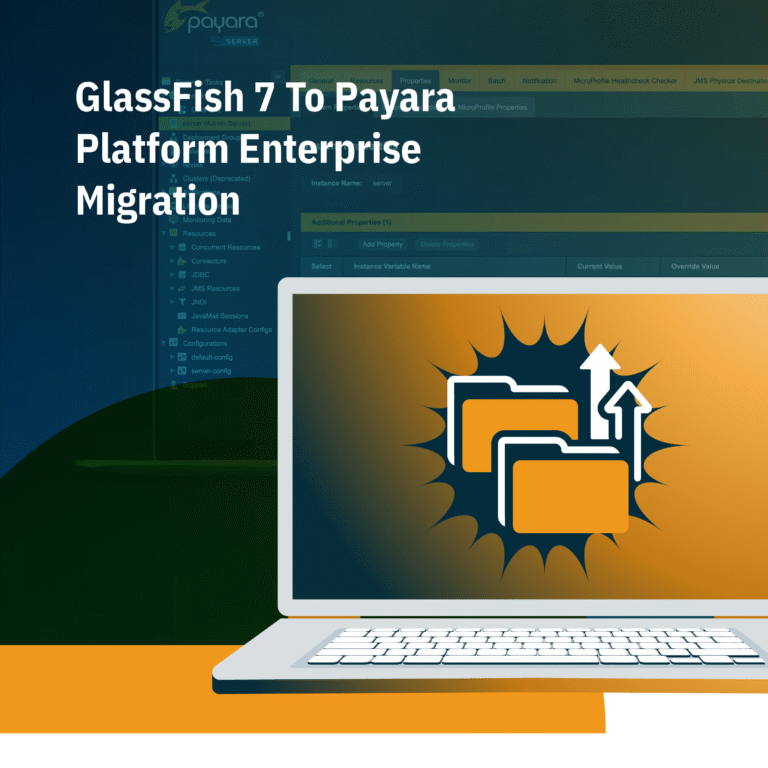 3 minutes
3 minutes
End-of-Life Technology: How to Drive Innovation Without Compromising Stability
When legacy systems approach end-of-life (EOL), enterprise IT teams typically face the choice of moving forward at all costs […]
When it comes to choosing an application server for your enterprise environment, it looks like there’s plenty of fish in the sea. However, what each type of fish can offer can vary considerably. Hence, selecting the right one is key to improving your business’s efficiency, security, scalability and overall success.
If you’re currently using GlassFish, it’s time to consider casting your net wider and migrating to a more powerful fish, such as Payara Platform Enterprise. Let’s explore the key benefits of making this transition and why Payara could be the perfect catch for your application and enterprise needs.
The GlassFish application server, previously the standard implementation for Java EE, was once a
reliable platform for deploying production Java EE applications. However, when commercial support was discontinued, it marked a turning point for GlassFish as a viable product for businesses.
If your organisation relies on GlassFish for production workloads, it’s important to consider the benefits of a commercially supported runtime for your Java and Jakarta EE applications. While a community product might suffice in the short term, the lack of predictable updates, reliable security patches and professional support from a trusted vendor can expose your systems to unnecessary risks and vulnerabilities.
With its roots in GlassFish, Payara Platform Enterprise offers an ideal solution to upgrade your application server with no hassle.

If you’re thinking about upgrading from GlassFish to Payara Platform Enterprise Edition, you’ll be able to benefit the seamless transition thanks to their shared Java EE/Jakarta EE foundation. Thanks to this, it will be particularly easy for your experts to leverage your existing knowledge and infrastructure while unlocking new possibilities and advancements.
Our latest guide, available for download here, is designed to guide you through the migration process, discussing the opportunities of switching to Payara Server and detailing a suggested migration map to streamline your operations.
In the vast sea of application servers, there’s plenty of fish in the sea, but Payara might just be the perfect catch for your business. Standing out as a reliable, feature-rich and future-proof option for enterprises looking to upgrade from GlassFish, Payara Platform Enterprise offers enhanced support, regular updates, enterprise-grade features and a seamless migration path to keep your applications running smoothly and efficiently.
So, if you’re ready to explore new possibilities and take your applications to the next level, it’s time to make the switch. Get your free copy of our guide on ow to migrate from GlassFish 7 to Payara Server 6 Enterprise and download Payara Server now to enhance your applications.
Share:
 3 minutes
3 minutes
When legacy systems approach end-of-life (EOL), enterprise IT teams typically face the choice of moving forward at all costs […]
 5 minutes
5 minutes
November has been one of the busiest months of the year for the Java and Jakarta EE ecosystem. With […]
 3 minutes
3 minutes
Working with enterprise Java databases can sometimes feel like swimming upstream. Jakarta EE 11’s Jakarta Data helps developers glide […]